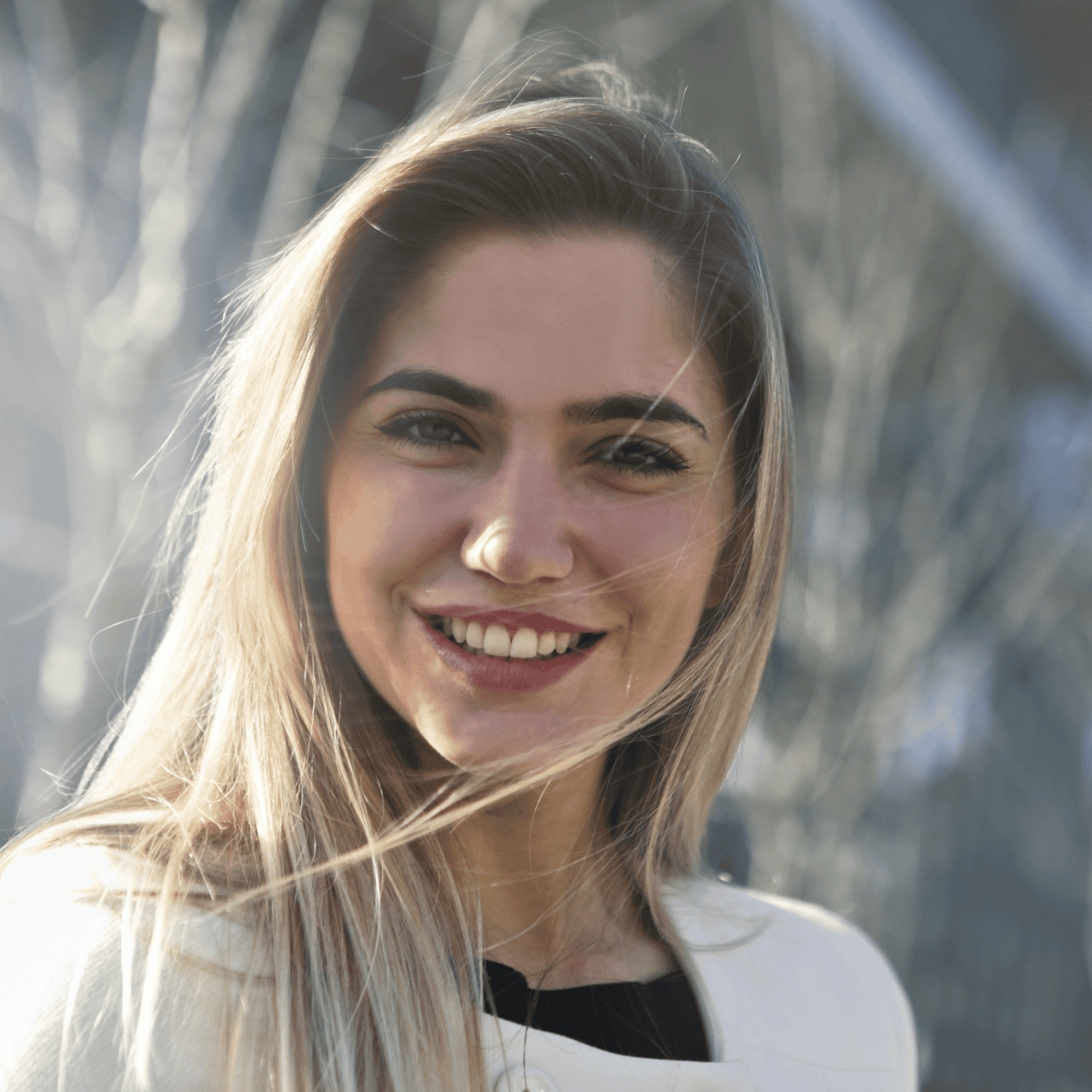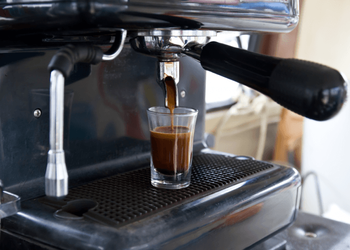
Espresso Beans vs Coffee Beans: Detailed Difference

In an attempt to fine-tune your taste for the perfect cup of coffee, you've probably wondered whether the kind of beans you use makes any difference in the flavor of your brew. Of course, the beans make a big difference. The difference between a good cup and a great cup of coffee. That's what it does!
Have you ever noticed some bags of coffee beans at a store labeled as espresso beans and others as coffee beans? When it comes to coffee, there are a lot of terms and labels that can be tricky to understand.
Are espresso beans different from coffee beans? Can you brew coffee with espresso grounds or the other way around? These are a few questions we keep getting, especially from folks exploring their newfound love for coffee. It's time we answer all your burning questions.
The short answer is yes! The two types of beans do differ, however, not in a literal sense. Their roasting and grinding processes vary. Let's jump in and take a closer look at how these beans are different.
What are espresso beans?
Simply put, an espresso bean is just a coffee bean that has been roasted longer, ground finer, and brewed in an espresso machine. After all, espresso is just another brewing technique. Espresso beans usually belong to the dark roast category.
But wait! Why are they roasted dark? The darker the roast, the easier it is to extract, and the richer and more intense flavor your espresso will have.
Dark-roasted coffee beans aren't recommended if you are a fan of flavored coffee or other brew types. Although espresso has a distinct flavor spectrum, it can be used in many other coffee drinks.
For instance, you can add flavored syrups to espresso to make it taste sweeter and balance the flavor.

What are coffee beans?
A coffee bean is any bean that has been roasted and prepared for brewing. If you want to experience the full flavor of your beans, you can go for a light roast.
Light-roasted beans lack an oily sheen and are ideal for mild-flavored variations, white beverages, and non-pressure brewing techniques such as pour-over or cold brew coffee. Medium-roasted beans are characterized by their medium-brown color.
They provide a stronger brew with a distinct flavor profile and, depending on their origin, can be utilized for a range of brewing methods. On the other end, dark-roasted beans are distinguished by their rich, dark brown pigment and lustrous, oily surface. Espresso is typically brewed with medium-dark roast coffee beans.

The key difference between espresso beans and coffee beans
Natural oil richness
Dark roasted espresso beans have a rich dark brown appearance and have an oily sheen to them. Espresso beans contain the highest concentration of natural oils, which emulsify while brewing to produce the crema in espresso shots.
Regular coffee beans do not shine that much. Do you know what that means? Yes, you probably guessed it right! They aren't as rich in natural oils as espresso beans are.
Usage
You can use coffee beans to brew a regular cup of coffee using a French press, drip, percolator, and other techniques. On the other hand, espresso needs to be brewed a certain way. This uses an espresso machine to make 1-2 oz of concentrated espresso.
You cannot brew authentic espresso in a standard coffee pot. A high-pressure level is required for the extraction process to be effective. You'll need a fair amount of skill to brew a perfect cup of espresso.
Also, not to forget, the right tools too. However, it does not mean you can't learn to brew espresso at home! And did we say right on your smartphones? Yes! With The App Barista, you can learn how to roast, grind, and brew a perfect cup of coffee right at home. Get the app on Android & iOS! follow the steps and start brewing like a pro!
Concentration
The concentration of bitterness in coffee beans is balanced and just right. On the other hand, espresso beans have a high concentration, resulting in a thicker, bolder, and richer flavor in espresso. Sometimes the concentration is way too strong and needs to be diluted.
Preparation
The way coffee and espresso are prepared is what makes them different, and it all starts with the beans used. Espresso is made from coffee beans roasted at high temperatures for a longer time and ground to a finer texture. That extraction process gives an espresso shot its distinct layers: rich coffee at the bottom and a thin layer of crema on top.
Caffeine Content
It is generally believed that espresso beans contain more caffeine than regular coffee beans. Well, it all comes down to how much you've got in your cup. A standard cup of drip coffee will contain more caffeine than a shot of espresso. An 8oz cup of coffee has 85-185 mg of caffeine, and a shot of espresso(~1 oz) has 40-75.
Now, if you look closely, espresso has more caffeine per ounce than coffee, which is probably where the confusion stems from. However, you will still get less caffeine rush from a single shot of espresso than from one cup of coffee.
This obviously changes if you're a crazy espresso lover and drink more than the recommended number of shots per day. Well, that's 5, by the way!
Grinding
Espresso beans are ground much finer. Typically, a burr grinder is used to get a fine grind and an ideal texture. Whereas it usually takes longer to brew a cup of drip, immersion, or cold-brew coffee.
This is why coarse grinds are preferred. Regular pre-ground coffee is, therefore, ground coarser than espresso. Thus, metaphorically speaking, comparing the two types of coffee bean grinds would be just like comparing sand and gravel.
Size and Density
When coffee beans are roasted, they lose weight as a result of the evaporation of nearly all of their water content. Evaporation causes the bean fibers to appear larger than they normally would.
This causes espresso beans to be larger than traditional coffee beans. They are relatively less dense too.
Conclusion
We hope this has put all your concerns to rest.
Coffee and espresso beans are basically the same at their core. It is the roasting and grinding process where they differ significantly. The dark-roasted beans are labeled as espresso, whereas the light and medium-roasted beans are labeled as normal coffee beans.
Compared to regular coffee beans, espresso beans are ideal for delivering a strong and flavorful cup of joe. With regular coffee beans, you have a great deal of flexibility in terms of brewing techniques.
Now that you know the difference between espresso and coffee beans, it's time to explore all the varieties.

I am a coffee aficionado based in Seattle. I have devoted my passion and expertise to perfecting the art of home coffee brewing. I became known for my exquisite pour-over and espresso creations. I source coffee beans from local roasters and explores ...



